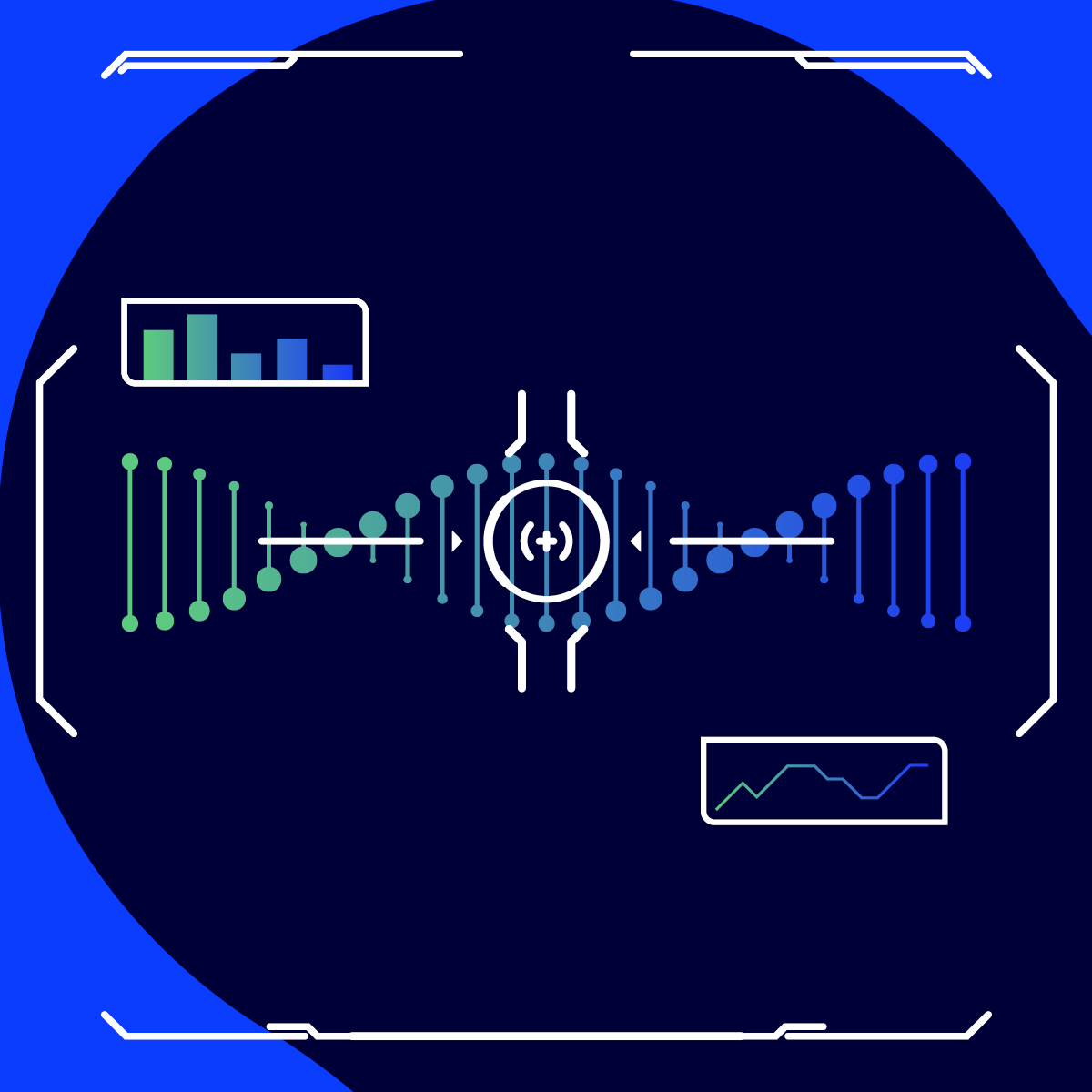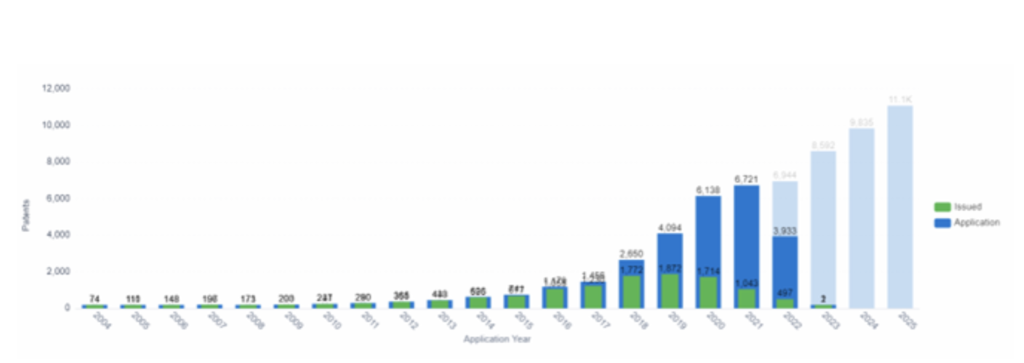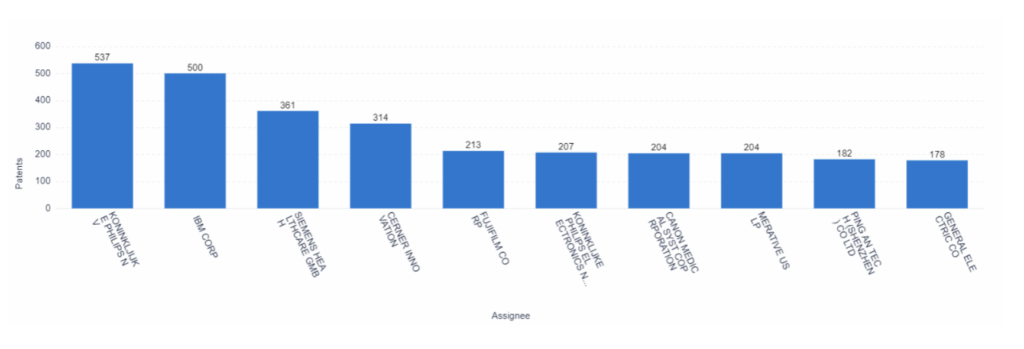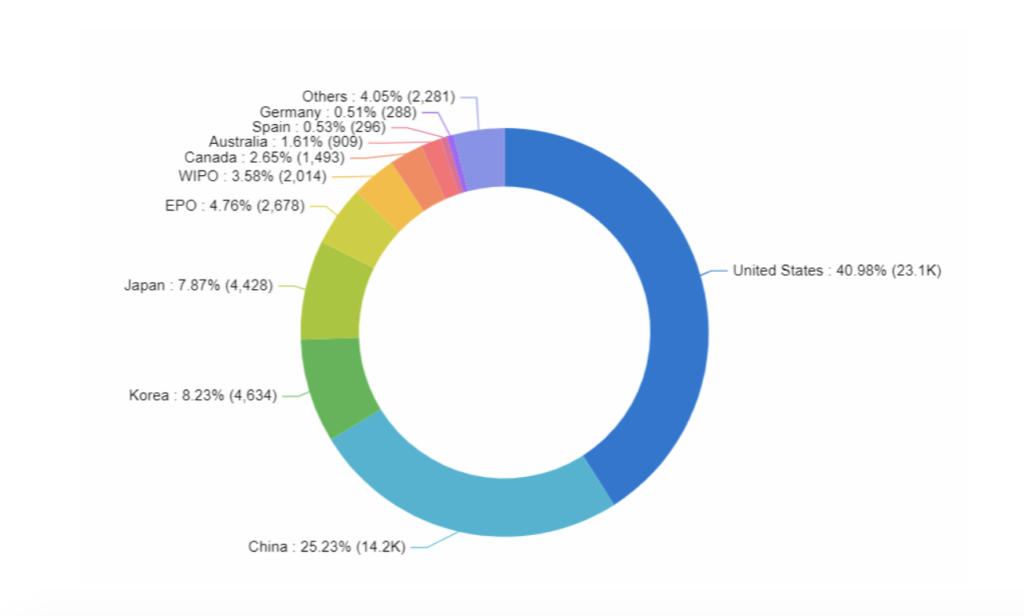
As the world’s population grows and ages, the healthcare industry is rapidly evolving to meet new challenges. One major area of focus is predictive analysis, which uses data to anticipate when patients may need medical attention before they become sick.
The market size for predictive analysis grew to $17.23 billion in 2023, with a CAGR of 25.8%. Personalized medicine tailors treatments to a patient’s genetic makeup, lifestyle, and environment for optimal results. This reduces the need for trial and error and saves money. Doctors can prescribe the most effective treatment for each individual.
What is Predictive Analysis in Healthcare?
Predictive analysis is a tool that uses information to guess what might happen in the future. In healthcare, it can be used to predict things like which patients might get sick or need more medical attention. This helps doctors and nurses take action to prevent problems before they happen or to treat them early, which can help people stay healthy and save lives.
To make predictions, it uses artificial intelligence (AI) and big data to aggregate data from electronic health records (EHR), paperwork, medical imaging, insurance claims etc., and identify patterns. For example, if a patient has a family history of heart disease and they smoke, the computer might predict that they are more likely to have heart problems in the future. This information can help doctors make decisions about how to treat the patient and prevent future health issues. Overall, predictive analysis helps healthcare providers make better decisions about patient care and improve health outcomes.
During the Covid-19 pandemic, the National Health Service (NHS) in the UK utilized predictive analysis to understand the correlation between the number of people who tested positive for COVID-19 and their likelihood of needing intensive care nine to 10 days later. They compared the actual number of ICU patients per day with the predicted number, and the results were highly promising. The predictive peaks and falls mirrored the actual bed occupancy with an accuracy of 80-90%.
Predictive Analysis Healthcare Trends
By analyzing how predictive analysis is being used in healthcare innovation, we can identify which individuals and organizations are prioritizing this technology.
Patent Trends
From a patent perspective, there has been an increase in the number of applications for predictive analysis in healthcare. Although this trend has been more recent, it indicates the direction in which this technology is headed.

It’s exciting to think that even though predictive analysis in healthcare is still in its early stages, it could soon be integrated into our healthcare systems. The key now is to explore the full potential of this technology and start putting it into action.
Key Players in Predictive Analysis
IBM Corp, Siemens, and FujiFilm are fully embracing this technology. In fact, IBM is only four patents behind the leading assignee, Koninkljijke Philips NV.

The fact that large corporations such as IBM, Siemens, and FujiFilm are investing in predictive analysis technology for healthcare is significant because it indicates that these companies see a potential for growth and innovation in this field.
Additionally, these companies have the resources and expertise to develop and implement this technology on a larger scale, which could have a significant impact on the healthcare industry as a whole. The close competition between IBM and Koninklijke Philips NV for the most patents in this field also highlights the importance and potential of predictive analysis in healthcare.
Active Countries
Most patents in this technology space are applied for in the US, indicating it as a major hub for commercialization. The technology’s cost-effectiveness can be the reason behind this, as the US healthcare system is grappling with several problems leading to financial drain.

This
insight is important because it highlights the United States as a key
player in the commercialization of predictive analysis technology in
healthcare. The fact that most patents are applied for in the United
States suggests that the technology is being embraced and recognized as a
cost-effective solution to some of the healthcare system’s problems,
particularly those related to cost. It also indicates that the United
States may be a leader in the adoption and implementation of predictive
analysis in healthcare.
Potential Limitations of Predictive Analysis
Although predictive analysis offers significant benefits for healthcare, there are potential concerns to consider. Privacy is a major concern since this technology analyzes vast amounts of healthcare data, compromising patients’ privacy. Additionally, the amount of data to be processed may leave organizations more susceptible to cyber attacks, and other modes of exploitation. This raises the question of how patient data is safeguarded.
Scientists speculate that AI could potentially replace human doctors in the future. Currently, AI assists doctors in treatment decisions by analyzing patient data. However, if AI-enabled machines can diagnose and suggest treatment, the role of human doctors may be in question. This remains a topic of discussion and research.
Key Takeaway: The Future of Healthcare May Lie in Predictive Analysis
The potential for predictive analysis in healthcare is immense. With exponential growth in patent applications and $8.60 billion in VC funding, this technology is becoming increasingly relevant. Precise treatment will improve patient satisfaction, health, and save organizations time and money. While there is still work to be done to ensure safety and effectiveness, the pandemic has shown its indispensable potential. The future of healthcare is here, and it’s time to embrace it.
Hot Patented Technology
- Endoscope having a guide tube
- Impermanent biocompatible fastener
- Manipulator apparatus
- Mitral Valve System
- System and method for archiving objects in an information store
- Compositions comprising a fluoroolefin
- Channel equalization system and method
- Transcutaneous analyte sensor
- Secure authentication and payment system
- Powering devices using RF energy harvesting
